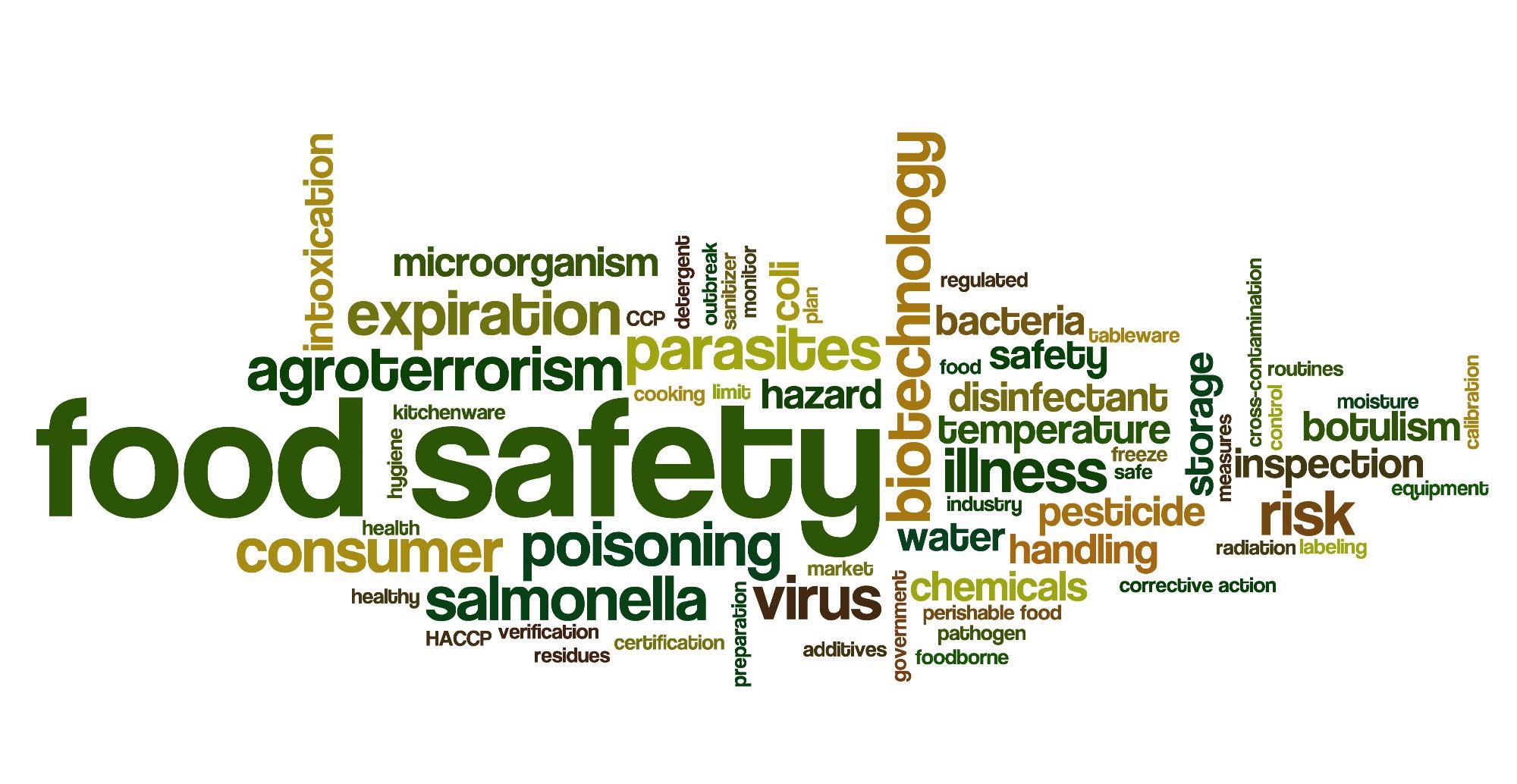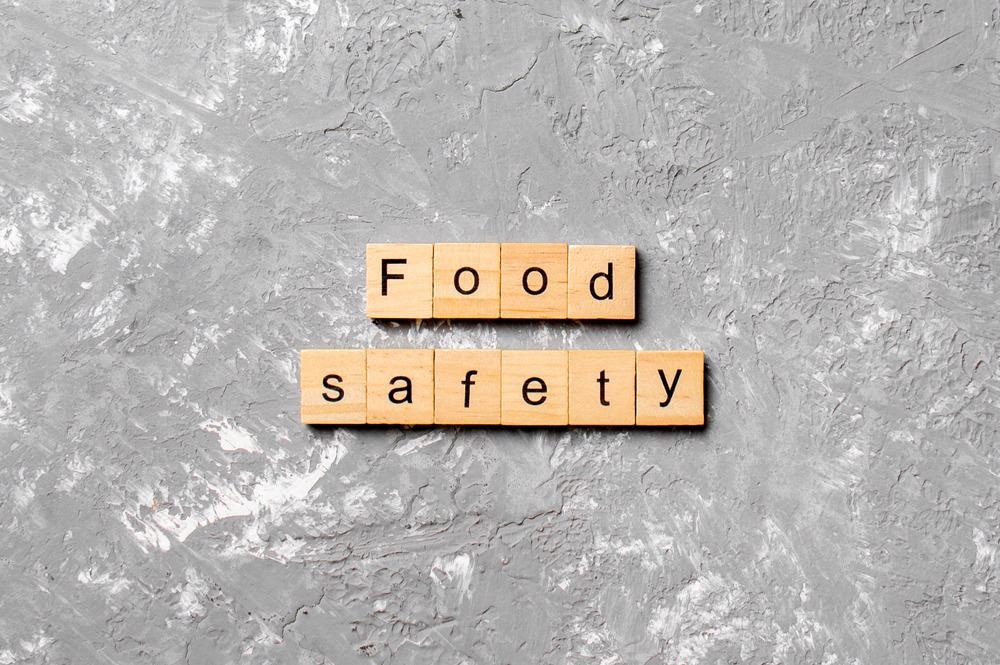Over recent decades, terrorism has mutated into many forms, one of which is agroterrorism. Measures of biosecurity have been developed to prevent and limit its severity, but agroterrorism remains an emerging challenge for nations that are increasingly reliant on food production and safety.

Image Credit: DeymosHR/Shutterstock.com
The growing threat of agroterrorism to food security
Since the September 11th, 2001 attacks and the subsequent economic instability that followed, terrorism has evolved and now taken on several new facets. Specifically, the demand to feed a growing world population has led to the burgeoning of new threats including bioterrorism.
Terrorism is the act of causing terror through violence against civilians or infrastructure, which then disrupts economic activity, this includes acts of bioterrorism, which uses infectious agents or harmful biological or biochemical substances as weapons of terrorism.
Within bioterrorism itself, agroterrorism can be defined as the deliberate introduction of an animal or plant disease with the goal of generating fear, generating economic losses, or undermining social stability.
The definition was first used in a 2007 congressional report in the USA but was further expanded in 2010 from the National Defence University to include other subsets of economics and can now be defined as “the deliberate introduction, use, or threatened use, of a chemical, biological, radiological, nuclear, or explosive agent against one or more components of the food or agriculture sectors, with the goal of causing mortality and morbidity, generating fear, precipitating economic loss, or undermining sector stability and confidence in government”.
What makes agroterrorism a particularly dangerous threat to address is that agriculture poses a number of unique vulnerabilities that may be exploited easily. In a 2021 study published in the journal of Proliferation of Weapons- and Dual-Use Technologies, the vulnerabilities and challenges of securing agricultural institutions were discussed.
First, farms and farming systems take up large spatial areas, and their geographic location in unsecured environments makes them easy targets. Second, livestock are most frequently found in large concentrations within confined locations, making it easy for diseases to spread rapidly. Finally, international trade of foods relies on the disease-free status of food items, which would therefore be shut down completely in the case of an attack, jeopardizing trading countries as well as the exporting nation itself.
In response, “food defense” has received more awareness, and counterterrorism measures have gradually been implemented and applied over time. To date, efforts have grown on national levels, with response plans now incorporating agroterrorism threats.
In the USA, agriculture now receives about 2.1% of the total non-defense budget authority for homeland security and fees have more than tripled after the September 11th, 2001 attacks, increasing from $225 million to $818 million in 2007.
Importantly, the threat level of agroterrorism is predicted to increase over time as rising geopolitical tensions between countries as well as the effects of climate change, threaten food production and food safety.
Current approaches to addressing the threats of agroterrorism
Food production has played a key role in warfare throughout history, whether that is to maintain provision or to hinder the provisioning of opposing sides. With the increased reliance on food due to larger populations, as well as the technological developments of molecular tools, agroterrorism has now entered a new era.
In response to this growing threat, researchers and policymakers have developed a variety of approaches. One of them is discussed in a 2004 study by Shawn Cupp et al., who presented the three-pronged strategy for countering the threat of agroterrorism.
The first component of the strategy depends on deterrence and prevention. Primary prevention and deterrence interventions for foreign pests and diseases include international treaties and standards (such as the International Plant Protection Convention, and those of the OIE/World Organization for Animal Health), bilateral and multilateral cooperative efforts, off-shore activities in host countries, port-of-entry inspections, quarantine, treatment, and post-import tracking of plants, animals and their products.
The second element relies on detection and response Every link in the agricultural production chain is susceptible to attack with a biological weapon. Traditionally the first defense against a foreign animal or plant disease has been to try to keep it out of the country. Agricultural inspectors at foreign pre-clearance inspections and the U.S. borders are the first line of defense.82 Smuggling interdiction efforts can act as deterrents before biological agents reach their target.
The third and final element discusses recovery and management of the threat. Once inside the U.S., many parts of the food production chain may be susceptible to attack with a biological weapon. For example, terrorists may have unmonitored access to geographically remote crop fields and livestock feedlots. Diseases may infect herds more rapidly in modern concentrated confinement livestock operations than in open pastures. An undetected disease may spread rapidly because livestock is transported more frequently and over greater distances between farms, and to processing plants. Processing plants and shipping containers need to be secured and/or tracked to prevent tampering.
In a 2015 report written by K.R. Schneider and colleagues from the Food Science and Human Nutrition Department, researchers discuss how the efficacy of strategies in the face of agroterrorism will eventually rely on the last line of defense, which is biosecurity.
The report details how the use of preventive security measures against pathogens remains the most important factor in countering agroterrorism and limiting its impacts. On farms, biosecurity includes farm management practices that both protect animals and crops from the introduction of infectious agents and contain a disease to prevent its rapid spread within a herd or to other farms. Biosecurity practices include structural enclosures to limit outside exposure to people and wild animals, and the cleaning and disinfection of people, clothing, vehicles, equipment, and supplies entering the farm.

Image Credit: SNeG17/Shutterstock.com
Future perspectives and challenges of agroterrorism in a rapidly changing interconnected world
In a 2021 chapter discussing the vulnerability to agroterrorism, author Olufunke Adebola describes how agroterrorism represents a type of low-tech, high-impact biological, radiological, chemical, and, more recently, cyber terrorism targeted at the agriculture industry.
The latter has become the factor of most concern in recent years, with cyberattacks gaining in proficiency. The author also details how due to the abundance of information on developing biological weapons and the relative ease of accessing chemical agents, agroterrorism could be facilitated and become an ‘attractive’ form of terrorism. Interestingly, after discussing the vulnerabilities of countries to agroterrorism and the factors affecting their vulnerability, the author finds that the predominant factor increasing the risk of agroterrorism attacks remains human migration patterns.
This was explained by the fact that failing food systems in certain areas will increase the concentration of human populations into other areas, primarily cities. In turn, this increases the threat and severity of possible agroterrorism attacks. Finally, the author finds that measures of biosecurity have focused on biological agroterrorism but have yet to address potential radiological, chemical, and cyber agroterrorism attacks, which are expected to increase in frequency and severity in the future.
Sources:
- Adebola, O. (2021). Analyzing the Threat, Vulnerability, and Consequences of Agroterrorism. Proliferation of Weapons- and Dual-Use Technologies, 279–300. https://doi.org/10.1007/978-3-030-73655-2_14
- Cupp, O. S., Walker, D. E., & Hillison, J. (2004). Agroterrorism in the U.S.: Key Security Challenge for the 21st Century. Biosecurity and Bioterrorism: Biodefense Strategy, Practice, and Science, 2(2), 97–105. https://doi.org/10.1089/153871304323146397
- The Industrial College of the Armed Forces (2010) Agribusiness industry. Fort McNair, Washington D.C.: National Defense University. Retrieved from https://es.ndu.edu/Portals/75/Documents/industry-study/reports/2010/icaf-is-report-agribusiness-2010.pdf
- Wheelis M, Casagrande R, Madden L (2002) Biological attack on agriculture: low-tech High-Impact bioterrorism. Bioscience 52(7):569. https://doi.org/10.1641/0006-3568(2002)052[0569:baoalt]2.0.co;2
Further Reading
Last Updated: Jan 19, 2022